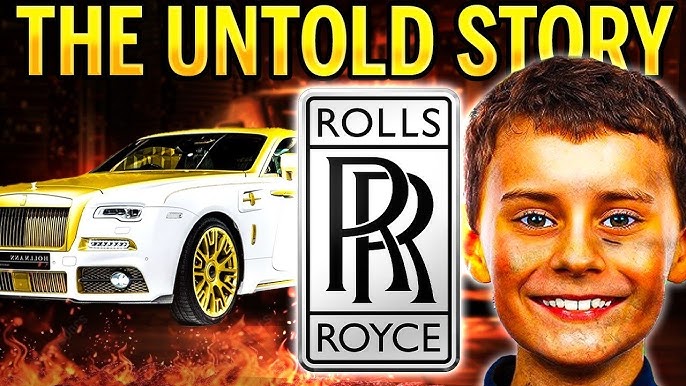In the pantheon of automotive excellence, few names resonate with the same gravitas as Rolls-Royce. This iconic brand, synonymous with luxury and precision, owes its existence to the remarkable partnership of Henry Royce and Charles Rolls.
Their story is a compelling narrative of perseverance, innovation, and collaboration that reshaped the automotive landscape.
Henry Royce: From Poverty to Engineering Prowess
Frederick Henry Royce’s life began in humble circumstances on March 27, 1863, in Alwalton, England. The youngest of five children, Royce was born into a family struggling with financial hardship.
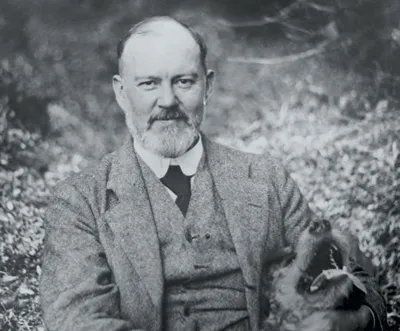
By 1867, the Royce family’s flour mill had failed, forcing them to relocate to London in search of better prospects.
Royce’s childhood was marked by adversity. At the tender age of four, he began working as a bird scarer, earning a meager sixpence weekly.
The loss of his mother in 1872 further compounded the family’s struggles, compelling young Henry to take on various jobs to support his siblings.
Despite limited formal education, Royce’s innate engineering talent shone through. At 15, he secured an apprenticeship with the Great Northern Railway works, thanks to his aunt’s financial support.
This period saw Royce educating himself in various subjects, laying the foundation for his future success.
Royce’s entrepreneurial journey began in partnership with Ernest Clermont, establishing F.H. Royce & Company.
Initially focusing on electrical components, the company expanded into electric crane manufacturing by 1894, showcasing Royce’s growing engineering expertise.
Charles Rolls: The Aristocratic Motoring Enthusiast
Born on August 27, 1877, into the aristocratic Rolls family, Charles Stewart Rolls enjoyed a privileged upbringing.
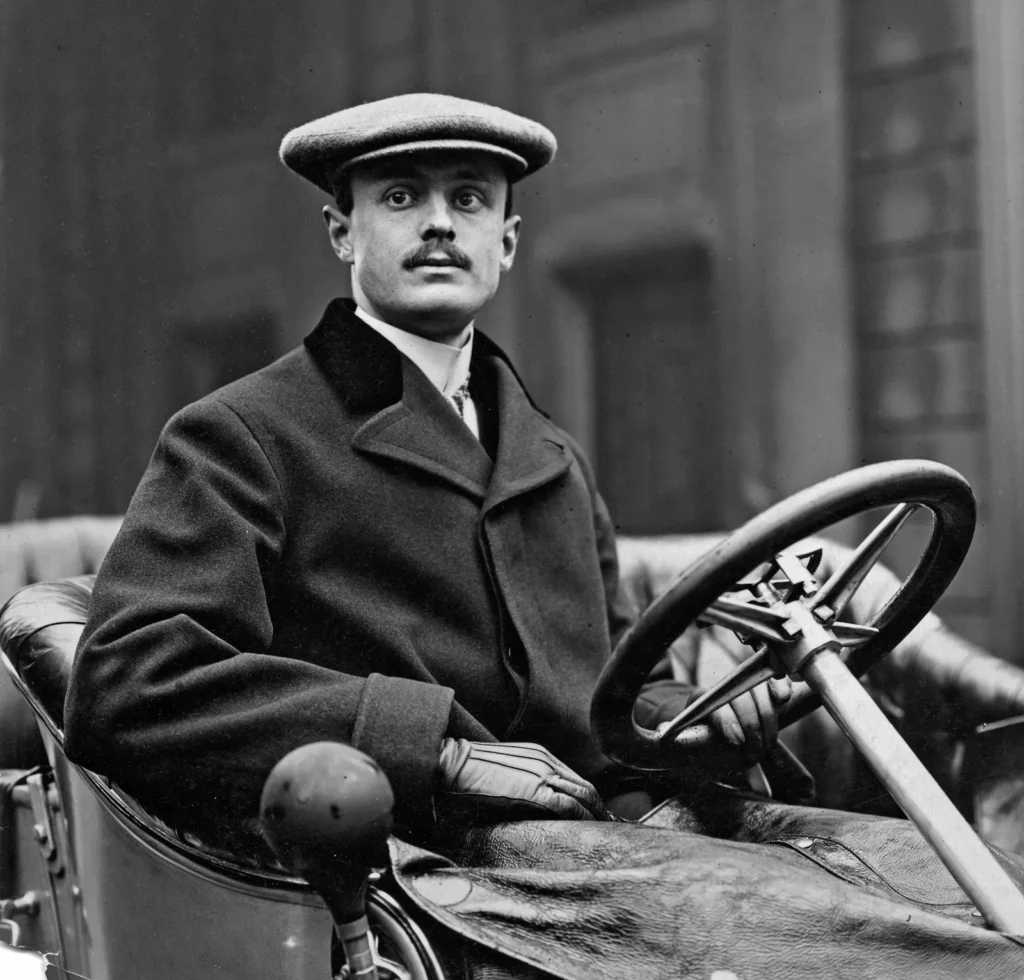
His passion for engineering blossomed during his studies at Trinity College, Cambridge, where he earned the nickname “Dirty Rolls” for his hands-on approach to mechanics.
Rolls’ enthusiasm for automobiles was evident early on. At 18, he became Trinity College’s first undergraduate to own a car.
After graduation, Rolls briefly worked in various engineering roles before establishing his car dealership, CS Rolls & Co., in 1903.
An avid motor racing enthusiast and aviation pioneer, Rolls pursued his passions with vigor, despite the financial strain they imposed.
His reputation as a cutting-edge automotive dealer grew, setting the stage for a fateful meeting that would change automotive history.
How The Two Met
Henry Royce’s foray into automobile manufacturing began with the improvement of a second-hand Decauvile car. By 1904, he had designed and built his first petrol engine, followed by the introduction of the Royce 10 horsepower motor car.
The pivotal moment came when Henry Edmonds, a shareholder in Royce’s company and a friend of Charles Rolls, arranged a meeting between the two men.
Despite their contrasting backgrounds – Royce, the 41-year-old self-taught engineer, and Rolls, the 26-year-old Cambridge graduate – they recognized each other’s strengths immediately.
Impressed by Royce’s two-cylinder vehicle, Rolls agreed on the spot to sell as many cars as Royce could produce, laying the foundation for one of the most prestigious partnerships in automotive history.
The Birth of Rolls-Royce
The collaboration between Royce and Rolls culminated in the formation of Rolls-Royce Limited in 1906.
Their first major success, the Rolls-Royce 40/50 hp, also known as the “Silver Ghost,” debuted in 1907.
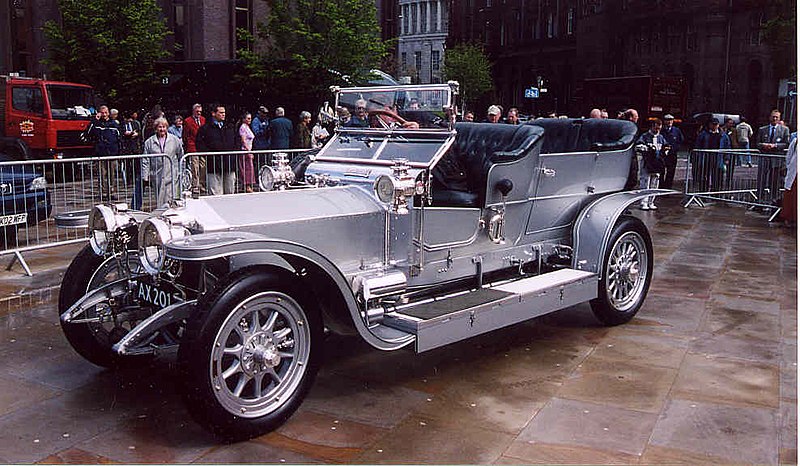
This car quickly gained a reputation for exceptional performance and reliability, earning the moniker “the best car in the world.”
The success of Rolls-Royce was not solely due to the engineering brilliance of Royce and the business acumen of Rolls.
Claude Johnson, who assumed the role of managing director, played a crucial part in marketing the brand.
His innovative publicity stunts and advertising campaigns, including the famous “best car in the world” slogan, helped create a global demand for Rolls-Royce motorcars.
Overcoming Adversity
The early years of Rolls-Royce Limited were not without challenges. Financial difficulties and fierce competition tested the resolve of the partners.
Royce’s commitment to perfection drove continuous innovation, while Rolls’ passion for aviation led to the development of aero engine designs.
Tragically, Charles Rolls’ life was cut short in 1910 when he died in an air crash at the age of 32, just a month after becoming the first person to make a non-stop double flight across the English Channel.
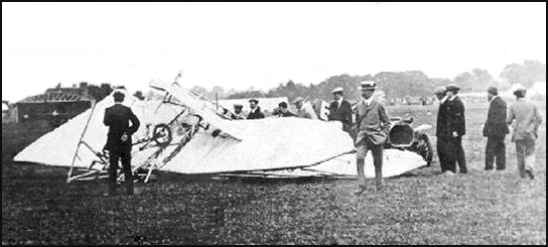
His untimely death marked the end of the Rolls-Royce partnership but not the end of the company’s journey.
Henry Royce’s Enduring Legacy
Following Rolls’ death, Henry Royce continued to lead the company with unwavering dedication. His commitment to engineering excellence established Rolls-Royce’s reputation for superior quality.
Royce’s philosophy, “Strive for perfection in everything you do. Take the best that exists and make it better; when it does not exist, design it,” became the guiding principle of the company.
During World War I, Rolls-Royce expanded into aircraft engine manufacturing, fulfilling Charles Rolls’ earlier vision.
The company’s contributions, particularly the development of the Rolls-Royce Merlin engine during World War II, played a crucial role in aviation history.
Royce’s relentless work ethic took a toll on his health, and he passed away on April 22, 1933, at the age of 70. His legacy, however, continued to shape the company’s future.
Rolls-Royce in the Modern Era
Today, Rolls-Royce remains a paragon of automotive luxury and engineering excellence. Under BMW’s ownership since 1998, the brand continues to produce some of the world’s most prestigious vehicles, including the Cullinan, Ghost, Phantom, Wraith, and Dawn.
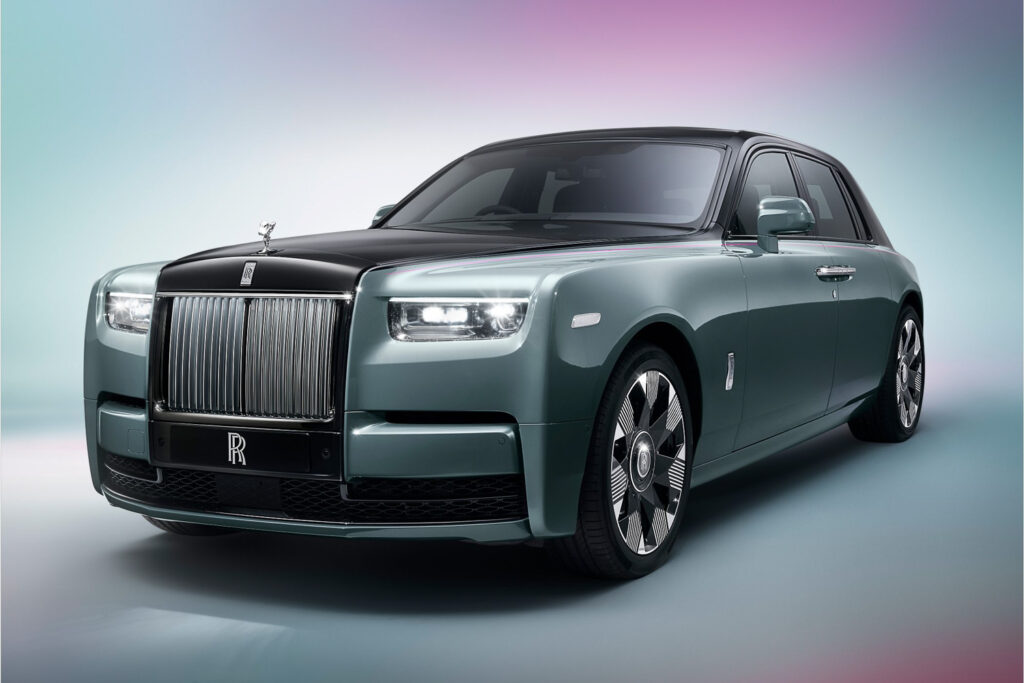
With over 130 dealerships across 40 countries, Rolls-Royce maintains its position as a global leader in luxury automobiles.
Under the leadership of CEO Torsten Müller-Ötvös since 2010, the company continues to innovate while honoring its rich heritage.
The story of Henry Royce and Charles Rolls is a testament to the power of collaboration, innovation, and perseverance.
From vastly different backgrounds, these two visionaries came together to create a legacy that continues to define automotive excellence more than a century later.
Their journey from humble beginnings to global recognition embodies the spirit of entrepreneurship and the pursuit of perfection.
we reflect on their lives and achievements, it’s clear that the impact of Royce and Rolls extends far beyond the automotive industry.
Their story continues to inspire generations, reminding us that with vision, dedication, and partnership, it’s possible to create something truly extraordinary that stands the test of time.


